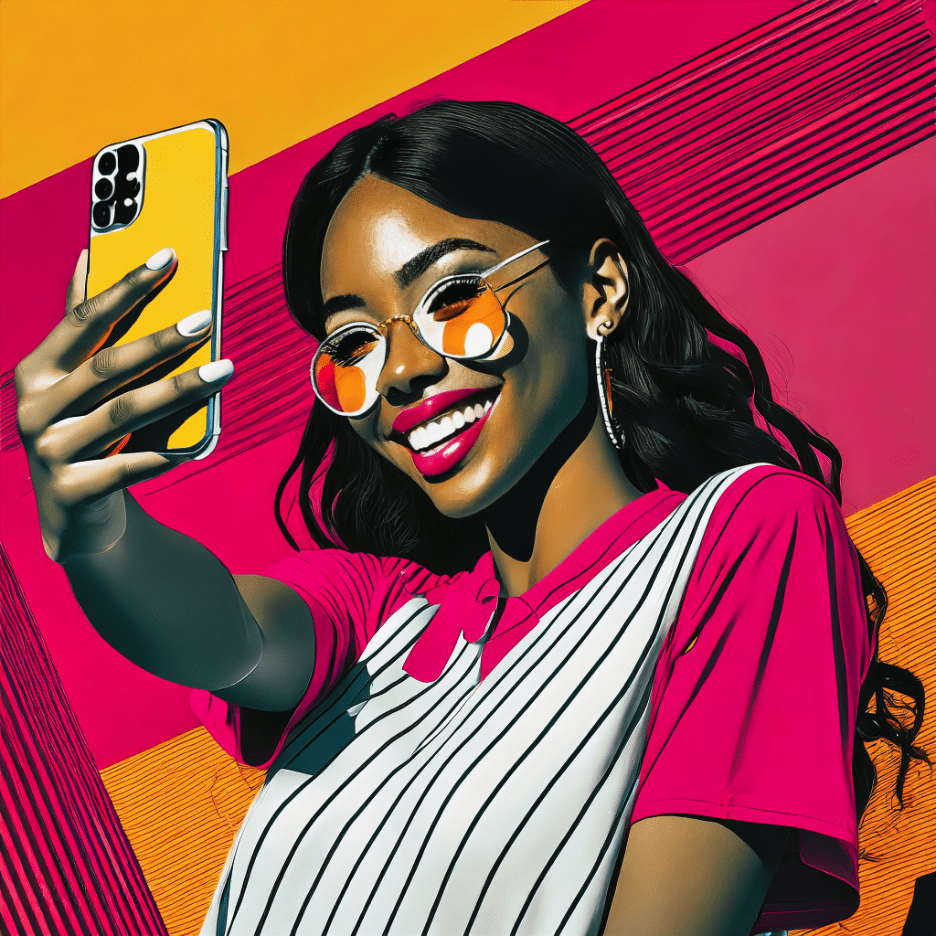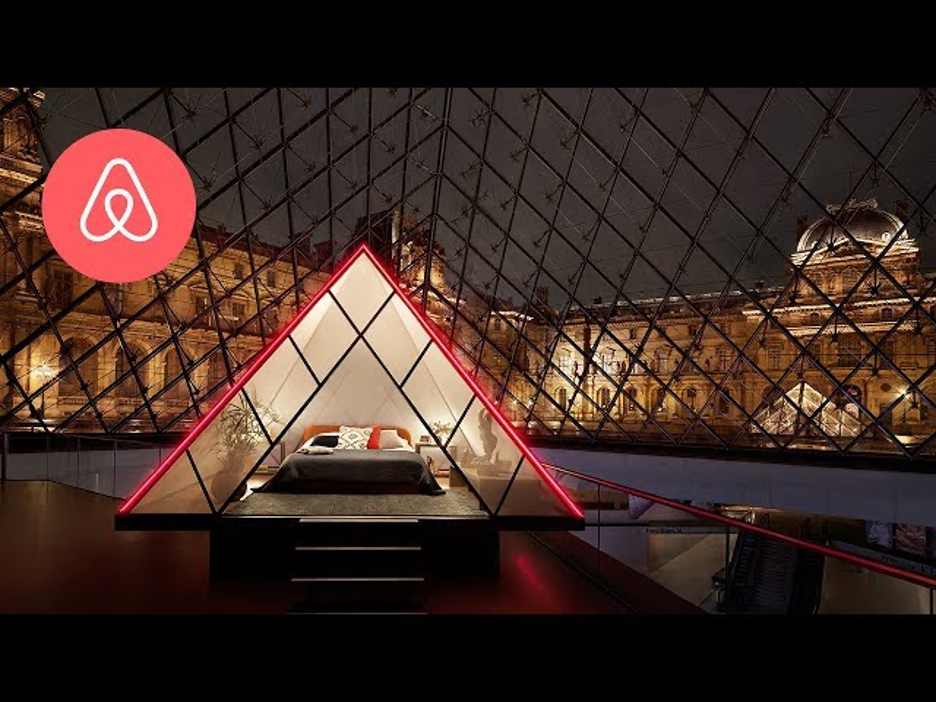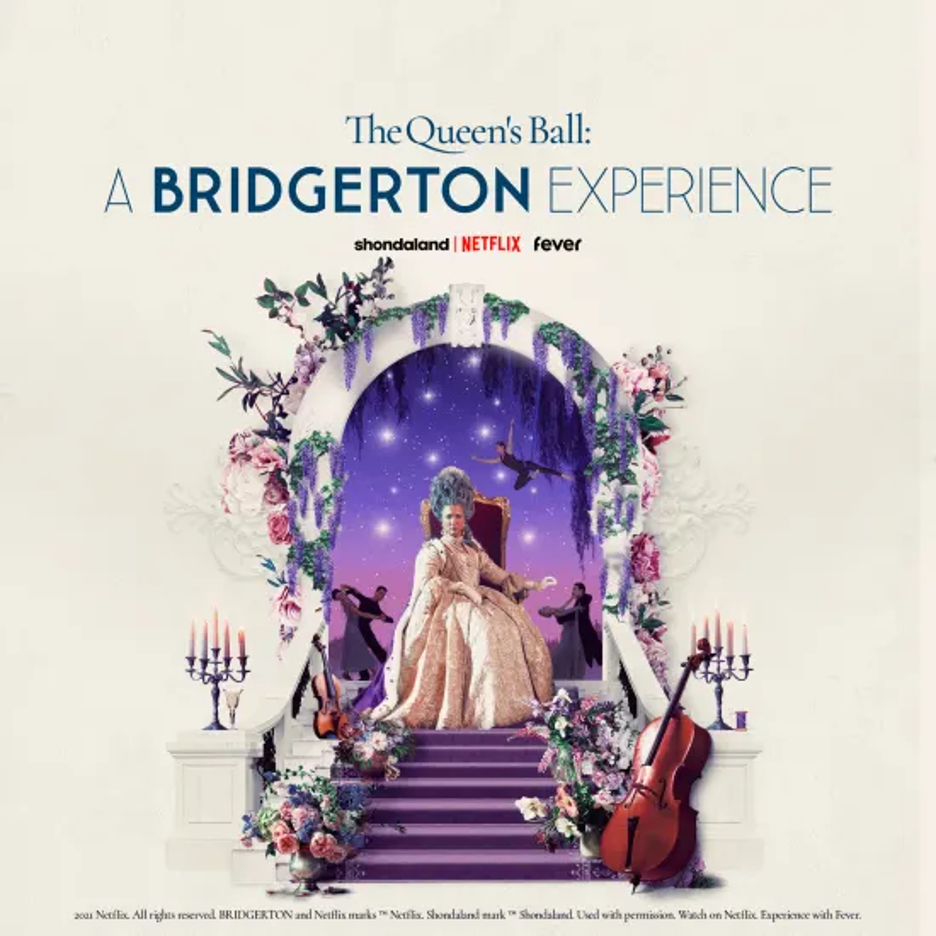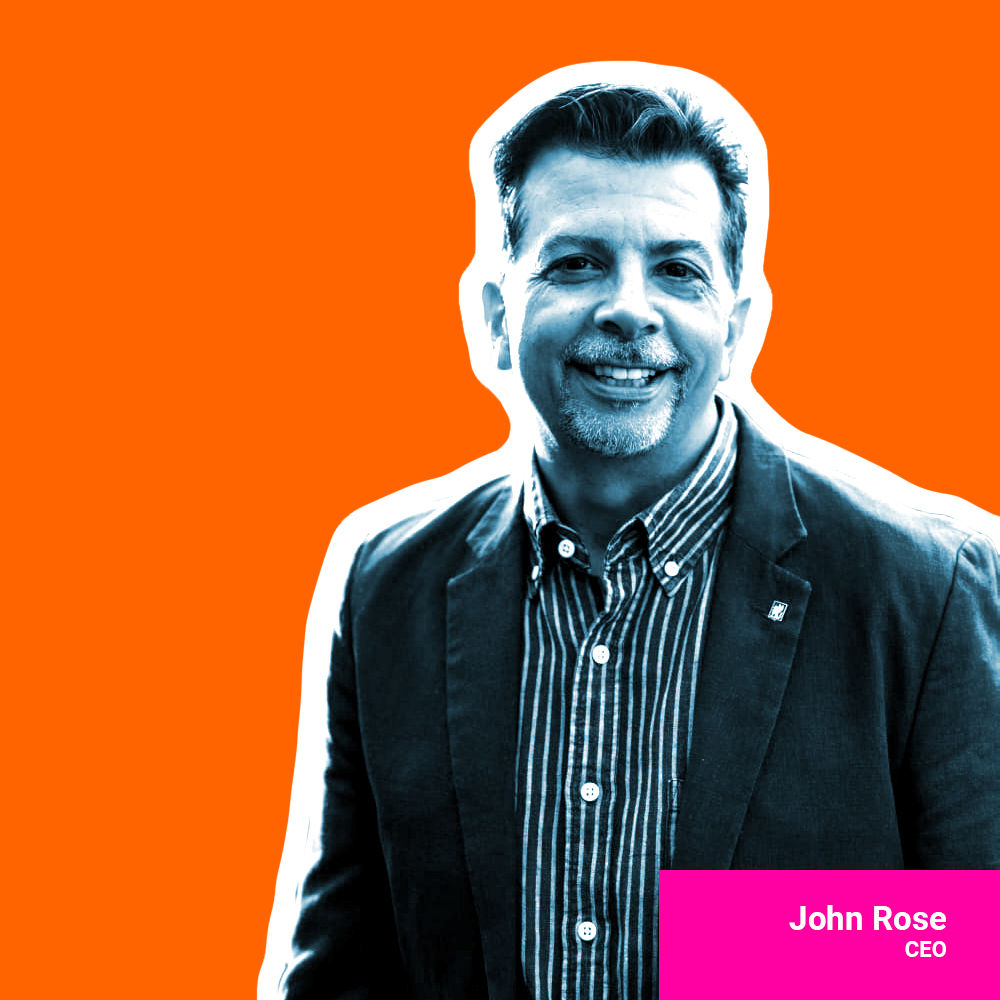
Experiential + Digital + PR + Social = Brand Success
Covid-19 brought on an accelerated shift from physical to digital experiences. Now we are witnessing the pendulum swing back as consumers return to many of their long-missed in-person events. This is proof that real world manifestations of brands are as vital as ever.
That doesn’t mean, however, that we have returned to business-as-usual. The watch word is “hybrid”. We want hybrid work environments, we want hybrid meeting options, and, of course when it comes to activations, we want hybrid brand experiences.
In this dynamic landscape, the brands set to soar are those that craft a seamless journey — one that binds the tangible with the virtual, the live event with the online buzz. Brands that prioritize making these physical moments feel continuous and intentional by seamlessly integrating live activities together with digital, social, PR and other marketing initiatives are poised to realize the greatest success.
This isn’t merely about juxtaposing different strategies; it’s about creating a symphony where each note elevates the other; where the real world and the virtual world intertwine, creating experiences that resonate, engage, and endure.
The Return of Experiential Marketing
In a world reshaped by unforeseen challenges and an unprecedented pandemic, the resurgence of live events heralds a new era for experiential marketing. But, as with many things in this transformed landscape, these events bear only a semblance to their pre-pandemic counterparts, having been recalibrated to the sensitivities and demands of today’s world.
Pop-ups, sampling activities, and mall activations have returned with renewed vigor, bearing testament to the undying allure of hands-on, in-person brand experiences. Yet, the very essence of these engagements has shifted. Today, it’s not just about capturing attention but crafting deeply resonant experiences that reflect the values, aspirations, and concerns of a more conscious consumer base. Yes, we want it all!
The world today isn’t just grappling with the aftermath of a health crisis. It is also facing increasing challenges related to violence and security concerns. This adds a new layer to the experiential marketing playbook: the absolute necessity for safety and interactivity to coexist. It’s no longer enough to just enthrall or engage; consumers expect and deserve a secure environment where they can interact with brands without apprehension.
The fusion of technology with experiential marketing has opened up avenues that were previously unimaginable. Advanced tools like facial recognition can not only personalize the event experience but also bolster security measures. Similarly, contact tracing gadgets, once developed as a response to the pandemic, have found a more enduring role in ensuring the well-being of attendees.
Moreover, the commitment to hygiene and safety protocols, from regular sanitization to occasional temperature checks, underlines the proactive stance brands are taking. It’s a clear message to consumers: their safety is paramount, and no stone will be left unturned to ensure it.
In essence, the return of experiential marketing isn’t merely a revival. It’s a reinvention, reimagined for a world where the physical and digital, excitement and safety, novelty, and responsibility converge to create memorable brand moments.
Experiential + Public Relations: Crafting Inclusive Narratives in a Digital World
Historically, public relations in experiential marketing played the role of a post-event amplifier. Events would take place and then PR efforts would spotlight them – emphasizing celebrity attendees or influencers who endorsed the products. However, such influencer-centric strategies have reached their limitations. They rarely resonate deeply with the average consumer, primarily because they don’t make them feel a part of the narrative. No one loves a story that ends with: “You should have been there!”
Today’s consumers seek inclusion. They wish to feel as though they’re not just spectators but active participants in a brand’s story. Recognizing this, savvy marketers have started to embed PR right at the heart of their experiential campaigns. The aim? To weave a compelling, inclusive narrative from the very beginning.
However, integrating PR from the outset isn’t without challenges. Revealing too much can potentially diminish the element of surprise, often a crucial ingredient in experiential marketing. Brands need to aim for serendipity: crafting a well-defined world for their narratives while allowing for unscripted, genuine moments that can be captured and shared.
One of the primary challenges today lies in helping brands understand the true essence of experiential marketing. It’s not just about erecting grand sets and expecting audiences to flock. At its heart, it’s about forging emotional connections through stories. And the key to this is skilled storytellers who can articulate not just events, but their deeper significance and amplify these stories via media and blogger outreach.
The narrative arc of PR needs to pivot. Instead of harping on what individuals may have missed, the focus should shift to the future—to what they can anticipate and be a part of. By repositioning PR to inspire participation, brands can ensure they’re offering immersive experiences to everyone—even those who can’t be physically present or join a live stream.
Campaigns like Airbnb’s “Night At” campaign stands as a testament to the brand’s capacity to harness its platform’s potential for crafting unforgettable and shareable experiences for its customers.

Launched in 2015, Airbnb offers participants a chance to spend a night at some of the world’s most iconic venues, such as the Louvre and Dracula’s Castle. This initiative not only showcases the unparalleled diversity of Airbnb’s listings but also magnified its global brand visibility. By personalizing engagement, weaving compelling narratives and engaging with celebrities like Kim Kardashian, Airbnb has generated significant buzz by delivering memorable experiences that resonate with audiences, stay true to the brand’s ethos and serve as testament to how, when married with PR, experiential campaigns can transcend traditional advertising, touching hearts and influencing perceptions.
In this digital age, the fusion of real-world and online experiences offers unparalleled opportunities for PR to craft immersive narratives. However, brands must navigate media attention and influencer engagements delicately to ensure authenticity.
Experiential + Digital: Crafting Immersive events in the Digital Era
Brands have fervently chased the digital-exclusive approach for nearly a decade. There is no denying that digital interactions helped keep most of us sane during the Pandemic lockdowns.
The digital wave wasn’t just a trend; it became THE trend. Brands flocked to online platforms, trying to carve their niche, and consumers were bombarded with virtual experiences. While these strategies reaped initial success, they somewhat glossed over the intrinsic human need for touch, emotion, and shared experiences.
Digital marketing methods often fall short in creating lasting impressions. To genuinely engage with audiences, brands are now intertwining experiential strategies with their digital campaigns. With the rise of direct-to-consumer models, brands have a direct line to their consumers, an opportunity that, if harnessed correctly, can result in hyper-personalized and meaningful interactions. By integrating experiential elements into their digital touchpoints, brands can humanize the online shopping experience, fostering loyalty and trust.
E-commerce platforms have evolved beyond mere transactional sites. They now serve as brand universes where consumers can immerse themselves in a company’s ethos, values, and story. Incorporating experiential elements, such as virtual try-ons, augmented reality (AR) experiences, or interactive product stories with pop-up venues and in person fittings can transform a simple online purchase into a memorable brand interaction.
The digital landscape offers an array of tools and technologies to tailor user experiences. By leveraging data analytics, AI-driven recommendations, and personalized content delivery, brands can create bespoke online journeys for each user. These curated experiences, reminiscent of the individual attention one might receive in a physical store, serve to enhance user engagement and satisfaction.
The merger of experiential and digital strategies holds the key to crafting compelling brand narratives in this digital age. As online spaces become even more integrated into consumers’ daily lives, the brands that seamlessly blend these realms will be the ones that truly resonate and leave a lasting impression.
Experiential + Social: Amplifying Brand Stories Through Shared Experiences
By marrying experiential marketing with social strategies, companies can craft interactive narratives that not only engage individuals but also entire communities.
Experiences are inherently social. They’re moments that people love to capture, share, and discuss, making them a natural fit for platforms like Instagram, TikTok, or Twitter. The immersive nature of experiential marketing can make for content that’s both shareable and memorable. When an experience resonates, it can quickly spread across social platforms, extending the reach and impact of the brand’s message.
Creating content for social media isn’t just about showcasing a product; it’s about sharing a story. Experiential events can serve as living narratives, with attendees and influencers acting as storytellers. For instance, a pop-up store can be transformed into an Instagrammable space, where every corner is designed for sharing, or an exclusive event can be broadcasted via a Facebook Live stream, allowing a wider audience to be part of the experience.
Utilized properly, social influencers can act as powerful amplifiers. With their ability to reach vast and engaged audiences, influencers can bring experiential campaigns to life for those who aren’t physically present. By collaborating with influencers during experiential events, brands can leverage their credibility and reach, making the narrative even more compelling.
One of the most potent outcomes of integrating experiential with social is the generation of user generated content (“UGC”). Encouraging attendees of events to share their experiences on their social channels can result in authentic content that speaks volumes more than any branded advertisement. UGC not only extends the lifespan of an experiential campaign but also builds a community of brand advocates who share their genuine experiences.
The success of an experiential + social campaigns is not just in the volume of likes or shares. By utilizing analytics tools, brands can gain insights into engagement rates, sentiment analysis, and even conversion metrics. Incorporating this data-driven approach allows brands to refine their experiential strategies and understand the true impact of their campaigns on their target audience.
Synchronization: Bringing it All Together
It’s not about choosing between these various marketing experiences. Instead, the future of experiential marketing lay in harmonizing the two. While technology and media can magnify reach and personalize the user journey, the true essence of a brand’s message is felt when it’s delivered through genuine human interactions.
This shift is not about rolling back the digital advances; it’s about leveraging them to enhance real-world experiences.
The lines between digital and physical are blurring, creating a playground of possibilities for marketers. Think of a publicity campaign incorporating an augmented reality (AR) pop-up store that culminates in an exclusive real-world product release, featuring a celebrity influencer who appears in store to interact with fans and provides interviews to invited media, which is broadcasted live on social media platforms, followed by personalized digital engagements and follow-on media reporting.

Here’s an example of a campaign that has it all. Netflix’s hit historical fiction-romance series Bridgerton launched a lavish experiential event: “The Queen’s Ball: A Bridgerton Experience”. Fans were invited to purchase tickets to a once-in-a-lifetime night out in a Regency-esque world, “a unique immersive party with drinks, music, dancing, and flourishing romance.” This theatrical pop-up event, spanning multiple cities, was crafted to further engage fans into the show’s universe. By leveraging PR to generate buzz well before the events, Netflix ensured that fans were eagerly awaiting the experience. The fact that fans booked tickets months in advance, some even traveling significant distances, underscores the potency of this approach.
By synchronizing online and offline tactics, brands can craft holistic campaigns that speak consistently and compellingly across all touchpoints. Such a harmonized approach ensures that a brand’s identity remains recognizable and relatable, irrespective of where the audience encounters it.
Most important, the digital age has not diminished the value of face-to-face experiences in marketing. If anything, it has reinforced the idea that amidst the hum of algorithms and data, the human heart still seeks a story, a touch, and an experience that feels undeniably real. Brands that harness this insight, balancing the digital with the tangible, media exposure with social engagement, will lead the future of experiential marketing.



